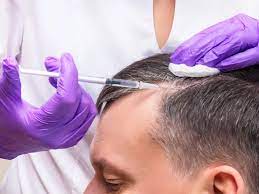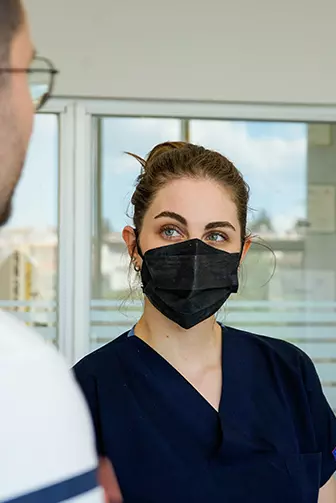

PRP treatment transplantation
- Home
- PRP treatment transplantation
PRP treatment transplantation
When should PRP treatment be performed after a hair transplant?PRP is a treatment method that has been used for many years. It is known that hair development is supported by this procedure. Therefore, it is recommended to have a PRP treatment after a hair transplant. When is the PRP treatment performed after a hair transplant? How long does it take? Why is PRP treatment recommended after a hair transplant? In which situations can this therapy be necessary? We try to answer all these questions in this article. What is PRP?We can answer the question "what is PRP" as follows: It can be defined as a concentrated blood plasma containing substances such as leukocytes, growth factors, platelets and cytokines. This method has been used for a long time in different parts of the world. It is a method used for various purposes in the USA, the Far East, Europe and other countries. PRP is known to be used for many different purposes such as hair loss prevention, wound healing and soft tissue healing.It is considered an innovative treatment for some types of hair loss. It strengthens the hair and prevents hair loss. Due to these positive effects, it has become a recommended method after hair transplantation.Why is PRP recommended after a hair transplant?There are many reasons for recommending PRP after hair transplantation. To understand these reasons, it is necessary to know the general point about PRP treatment. PRP treatment uses the plasma obtained from the person's own blood by enriching it.For the treatment, blood is first drawn from the person using special PRP tubes and this blood is centrifuged.This divides the blood into a red and a white (transparent) part.The upper transparent part is called plasma. This part contains platelets and growth factors.The substances contained in the plasma make the tissue grow faster and nourish the hair follicles. This is how the hair follicles are supported after the hair transplant. In short, the success rate of hair transplantation is significantly increased by PRP treatment.Advantages of PRP after hair transplantation The benefits of using PRP to promote hair healing and growth after hair transplantation focus on three functional applications:
The benefits of using PRP to promote hair healing and growth after hair transplantation focus on three functional applications: - Maintain and increase the viability of hair follicles during and after hair transplantation.
- Promoting and improving tissue repair and the healing process after hair transplantation.
- Strengthening inactive hair follicles and stimulating new hair growth.
It is considered an innovative treatment for some types of hair loss. It provides hair strengthening and prevents hair loss. Due to these positive effects, it has become a recommended method after hair transplantation.Maintaining and increasing the viability of the hair folliclesIn the time between the removal of the hair follicles from the donor area of the scalp and the transplantation into the recipient area, the follicles can be damaged for several reasons: - Dehydration if the donor follicle is not sufficiently moistened between collection and transplantation.
- Starvation of oxygen and nutrients due to withdrawal of blood from the blood supply during the period from collection to transplantation.
- Temperature and acid/base changes in the follicular environment
- Revascularisation injuries when the donor follicle is transplanted to the recipient site must be adjusted according to the blood supply.
A common approach to maintaining the viability of donor hair follicles during the transition period is to store them in a storage solution containing PRP. It provides a protective environment with temperature, chemical balance and an adequate supply of nutrients. Adding PRP to the storage solution: - Increases the viability of the follicles during and after transplantation
- Improves healing after tissue transplantation
- Increases hair growth in transplanted follicles.
PRP promotes hair follicle growth through the action of platelet-derived growth factors on hair follicle stem cells. Platelet-derived growth factors cause follicular stem cells to transition from a dormant state to an active state, initiating the process of hair production. Promotes and improves tissue repair and healing
Promotes and improves tissue repair and healing





